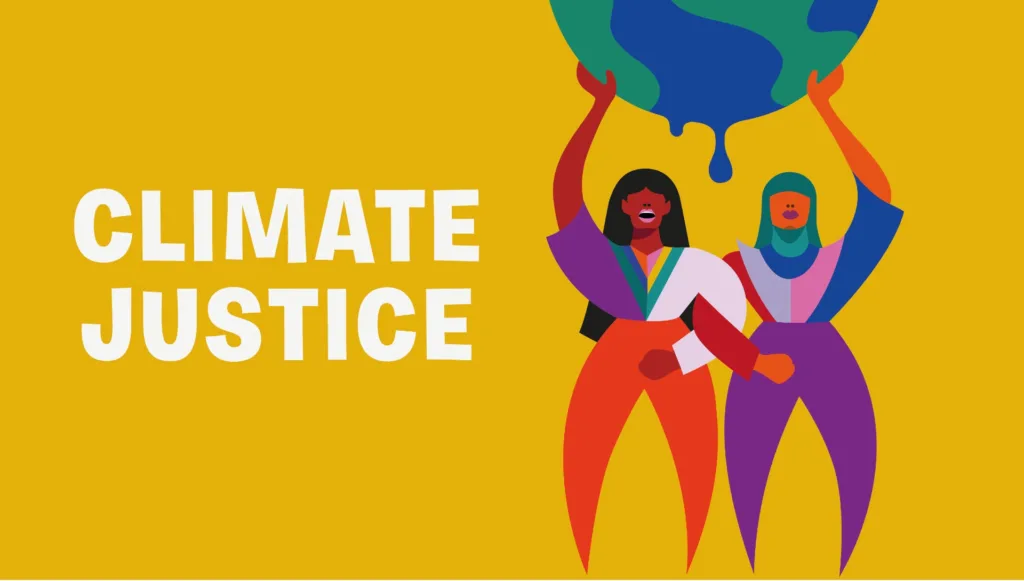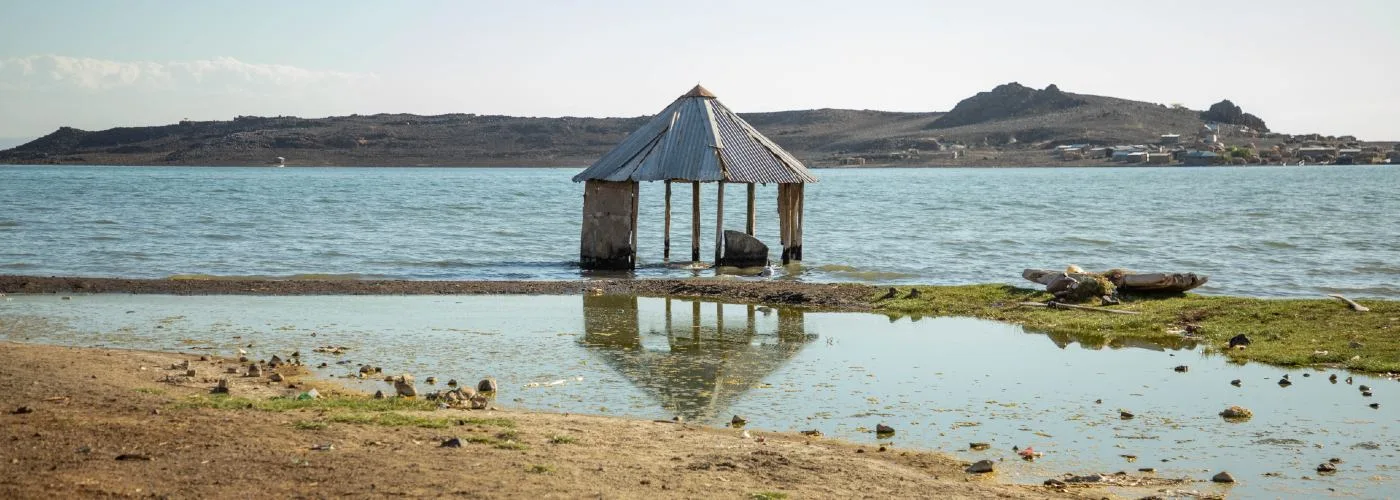How a Loss and Damage Fund can deliver climate justice (part 1)
December 20, 2023
In this series Hivos’ Collins Otieno and Hugo Schiffers take a look at the Loss and Damage Fund, that was recently established during COP28. They answer the big questions and let their imagination run wild on what an ideal fund could look like.
Hivos welcomes the setting up and operationalization of the Loss and Damage Fund. For over thirty years, developing countries have advocated for a more equal distribution of economic and non-economic costs of damages and losses caused by climate change.
Now the time has come to start filling in the details of how the fund should operate. We have taken the liberty to put some ideas on paper. Once the international community manages to put politics aside, it might pick up on some of our suggestions and bring climate justice a step closer.

Still a bit unclear about all the terminology and the basics of loss and damage?
Today we cover part 1: How do we fill the fund?
For a fund to be a fund at all, money needs to be in it. That is why civil society and activists have taken to social media with the hashtag #fillthefund. Even after the official end of COP28, countries continue to pledge different contributions. However, these pledges are only worth several hundreds of millions of dollars. That is not enough. Studies estimate that the true economic costs of climate related losses and damages are hundreds of billions of dollars, an amount that will only grow bigger over time as the temperature of the planet keeps rising and we do not ramp up our adaptation and mitigation efforts.
There are also non-economic losses and damages caused by the climate crisis, which are harder to quantify but not any less significant. Take for example the effects of climate change on human rights and mental health. Unless countries commit to allocating adequate, predictable, new and additional climate financing now, these costs will also skyrocket. There is a need for a methodology that quantifies these costs so they can be addressed in an appropriate way.
So, what are some ways in which we can make the Loss and Damage Fund a success.
1. The ‘how much’: How big should the fund be?
Hivos and other civil society organizations call on developed countries to initially contribute 400 billion dollars each year. This matches at least the estimated economic costs associated with loss and damage. In addition, developed countries and big polluters need to own up to their (historic) responsibility for the climate crisis.
These are serious commitments for which we cannot continue to depend on the sporadic and arbitrary amounts that countries decide to donate during big climate conferences. For example, Germany and the United Arab Emirates both pledged 100 million dollars for loss and damage during this COP, but there is no guarantee money will continue to flow to the fund in the future. Be it from Germany, the UAE or any other country.
2. The ‘how’: Institutionalize financing of the fund
Given this, climate-associated losses and damages can only be adequately addressed if we institutionalize contributions to the fund. We are at a point where we experience more and more limits to adaptation: emissions of greenhouse gasses are still increasing and the effects of climate change are here to stay. They will continue to imperil ecosystems, livelihoods and lives. As such, the supply of funds to address losses and damages should also be continuous.
For this to happen, countries need to agree on a funding structure whereby rich and polluting countries will annually contribute a predetermined sum of money. The fund should grow along with the increasing costs of losses and damages, to be determined using a standardized method that takes into account Indigenous and local knowledge.
3. The ‘what’: Financing needs to be new and additional
Pledges to the Loss and Damage Fund mechanism should be new and additional to existing climate finance. Yet it remains unclear if this is actually the case for many of the pledges made during the last few weeks. The United Kingdom’s pledge of 75 million dollars, for example, is not. It comes from an earlier finance pledge.
The danger of moving climate finance around like this is that all three climate goals (effective mitigation, adaptation, and addressing losses and damages) are left underfunded. (To learn about these three concepts and the difference between them, read our explainer). Lastly, it is important to note that a pledge is easily made, but we have seen in the past that rich and polluting countries do not always put money where their mouth is.
4. The other ‘how’: Alternative sources of financing
We do not have to be solely dependent on the contributions of individual countries. While most policymakers are looking to finance loss and damage using existing public funds, the voices of those pleading to develop alternative sources for climate finance are getting louder.
We’re still debating what this should look like. Hugo argues it’s important to look into different forms of international taxation. Examples are a climate damages tax on the extraction of coal, oil and gas, windfall taxes on high profits of the fossil fuel industry and shipping and aviation levies. However, Collins warns that within the current global tax system, there is a likelihood that polluters will avoid paying for their emissions and that the costs will trickle down to consumers – particularly affecting those in the Global South.
What is clear, is that any form of taxation should only be on the table if we can be certain that it will not deepen existing inequalities and injustices. Tax systems should be redistributive and equitable, meaning that money should flow from the polluters to the countries and communities that suffer most from the impacts of climate change. Strict arrangements will have to be put in place if we want to rely on taxation to fund loss and damage, so that low-income, climate vulnerable countries do not end up indirectly paying for loss and damage anyway. For other ideas on alternative financing – for instance a global wealth tax or a financial transaction tax – see this discussion paper.
Conclusion
Scientific evidence has shown that we are at a tipping point. If we truly mean well for local communities and Indigenous Peoples at the forefront of climate change and if we are serious about dealing with the crisis, we have to deliver on science-based funding arrangements for loss and damage that are responsive to the needs of these communities (see our next blog for our ideas on that).
While Hivos welcomes the setting up of the Loss and Damage Fund at COP28, the contribution to date is a drop in the sea. But for now, we join other civil society organizations in calling on wealthy countries to contribute 400 billion dollars each year to match the estimated economic costs associated with climate losses and damages, while an evaluation of cost implications of non-economic impacts is carried out.




